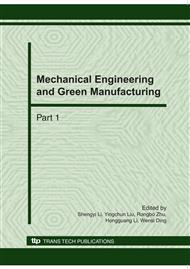p.327
p.332
p.338
p.344
p.350
p.355
p.360
p.365
p.371
Microstructure and Properties of Super Plastic Diffusion Bonded 00Cr25Ni7Mo3N Duplex Stainless Steel Joint
Abstract:
The super plastic diffusion bonding behavior of 00Cr25Ni7Mo3N duplex stainless steel was performed on Gleeble-1500 hot simulator. The microstructure of the bonding interface region was studied by using optical microscope (OM), scanning electron microscope (SEM). The mechanical property of the joint was characterized by tensile strength tests. The results indicate that the strength of joint was improved with the increase of the bonding temperature, the applied pressure and the hold time. The suitable bonding temperature is higher about 100°C than its super plastic temperature. The initial bonding boundary were disappeared and the voids were closed by hot plastic deformation under the bonding condition like T=1323K, P=20MPa, t=12min. At the same condition, the grain grew up across the interface by atomic diffusion and the interfacial migration, and the strength of joints was high as 440MPa.
Info:
Periodical:
Pages:
350-354
Citation:
Online since:
October 2010
Authors:
Price:
Сopyright:
© 2010 Trans Tech Publications Ltd. All Rights Reserved
Share:
Citation:


